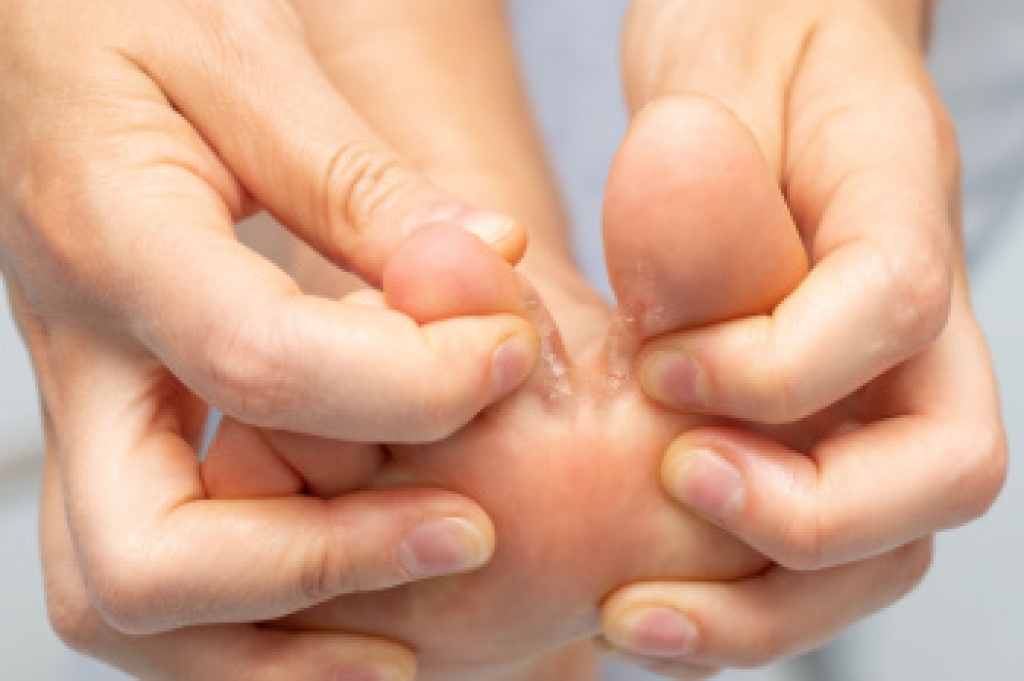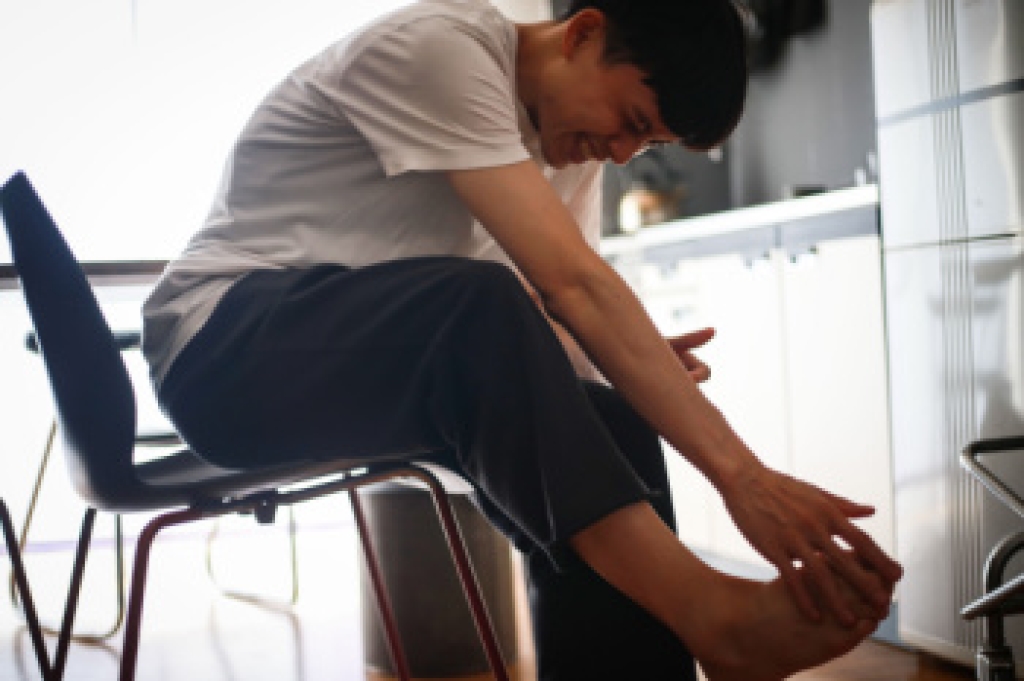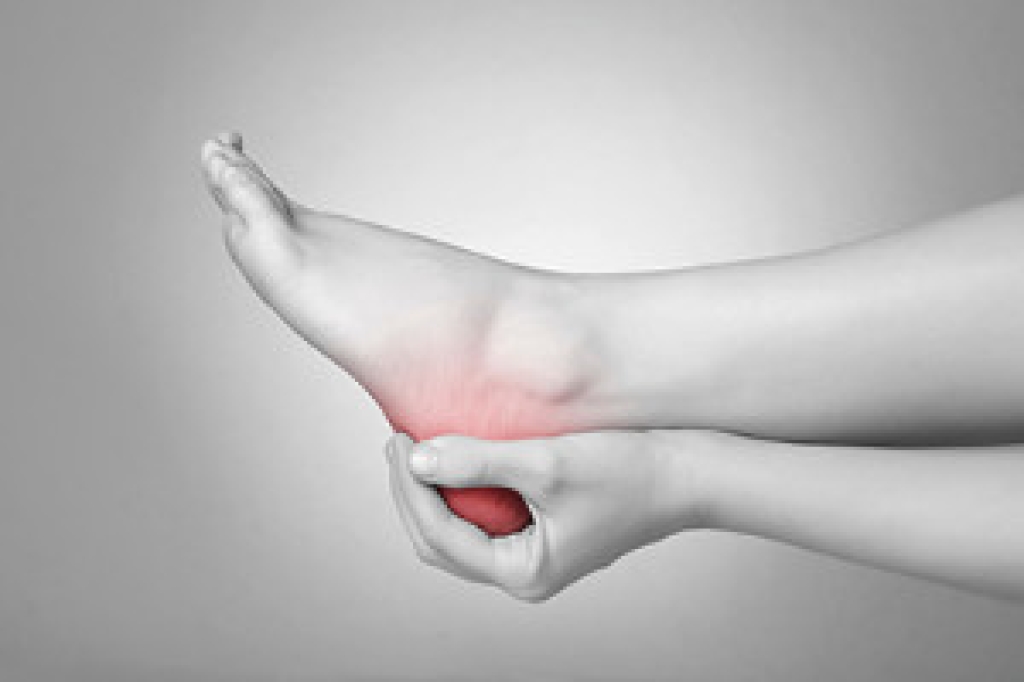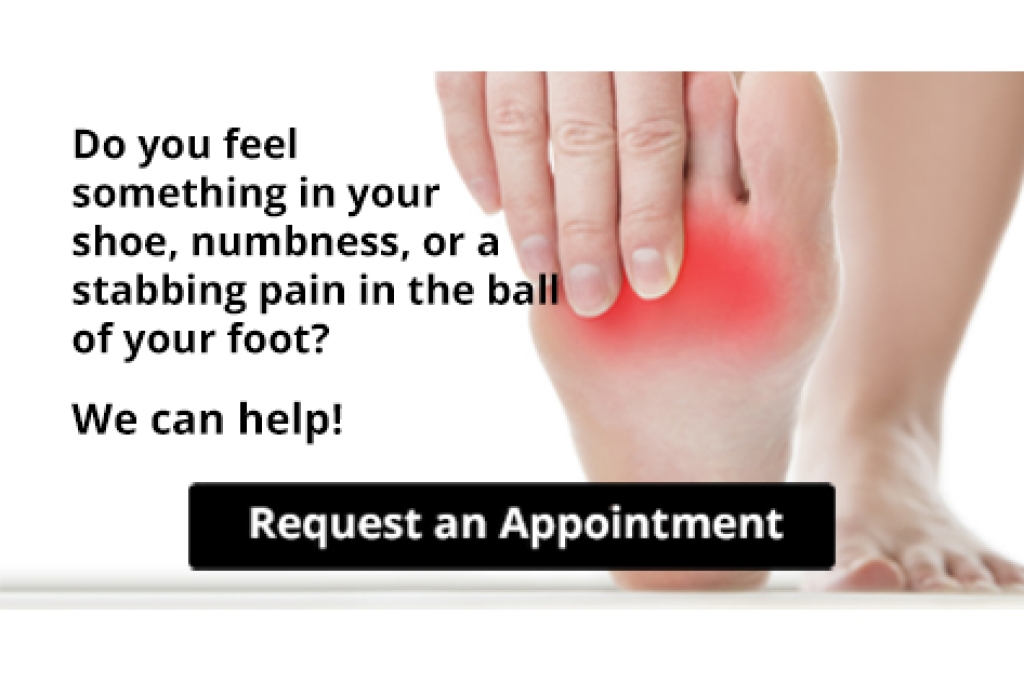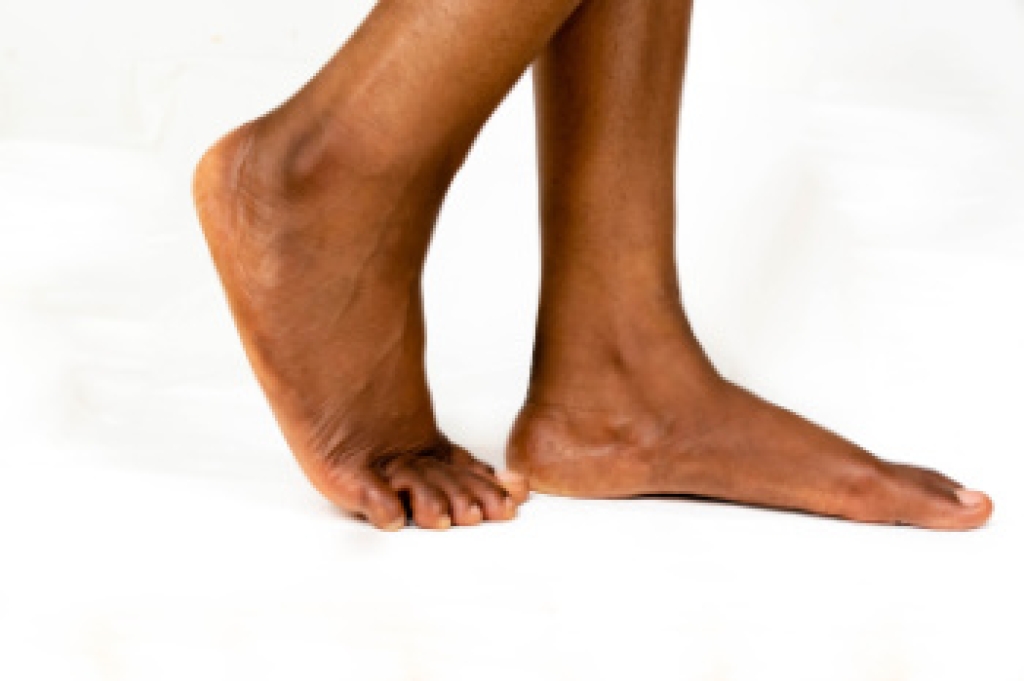
Flat feet occur when the arches of the feet collapse or never fully develop, causing the entire sole to touch the ground. While some people experience no pain, others may develop foot fatigue, aching, or imbalance, especially after long periods of standing or walking. Flat feet can be inherited or result from injury, obesity, or medical conditions that weaken tendons and ligaments. Wearing supportive footwear and custom orthotics helps improve alignment, reduce strain, and relieve discomfort. Stretching and strengthening exercises for the feet and calves can also enhance stability and mobility. In severe cases, surgical correction may be necessary. Flat feet can affect posture and lead to pain in the knees, hips, or back. If you experience ongoing discomfort, it is suggested that you visit a podiatrist for proper diagnosis and personalized treatment to restore comfort and prevent future complications.
Flatfoot is a condition many people suffer from. If you have flat feet, contact Wendy K. Stinson, DPM from New Jersey. Our doctor will treat your foot and ankle needs.
What Are Flat Feet?
Flatfoot is a condition in which the arch of the foot is depressed and the sole of the foot is almost completely in contact with the ground. About 20-30% of the population generally has flat feet because their arches never formed during growth.
Conditions & Problems:
Having flat feet makes it difficult to run or walk because of the stress placed on the ankles.
Alignment – The general alignment of your legs can be disrupted, because the ankles move inward which can cause major discomfort.
Knees – If you have complications with your knees, flat feet can be a contributor to arthritis in that area.
Symptoms
- Pain around the heel or arch area
- Trouble standing on the tip toe
- Swelling around the inside of the ankle
- Flat look to one or both feet
- Having your shoes feel uneven when worn
Treatment
If you are experiencing pain and stress on the foot you may weaken the posterior tibial tendon, which runs around the inside of the ankle.
If you have any questions, please feel free to contact our office located in Parsippany-Troy Hills, NJ . We offer the newest diagnostic and treatment technologies for all your foot care needs.
